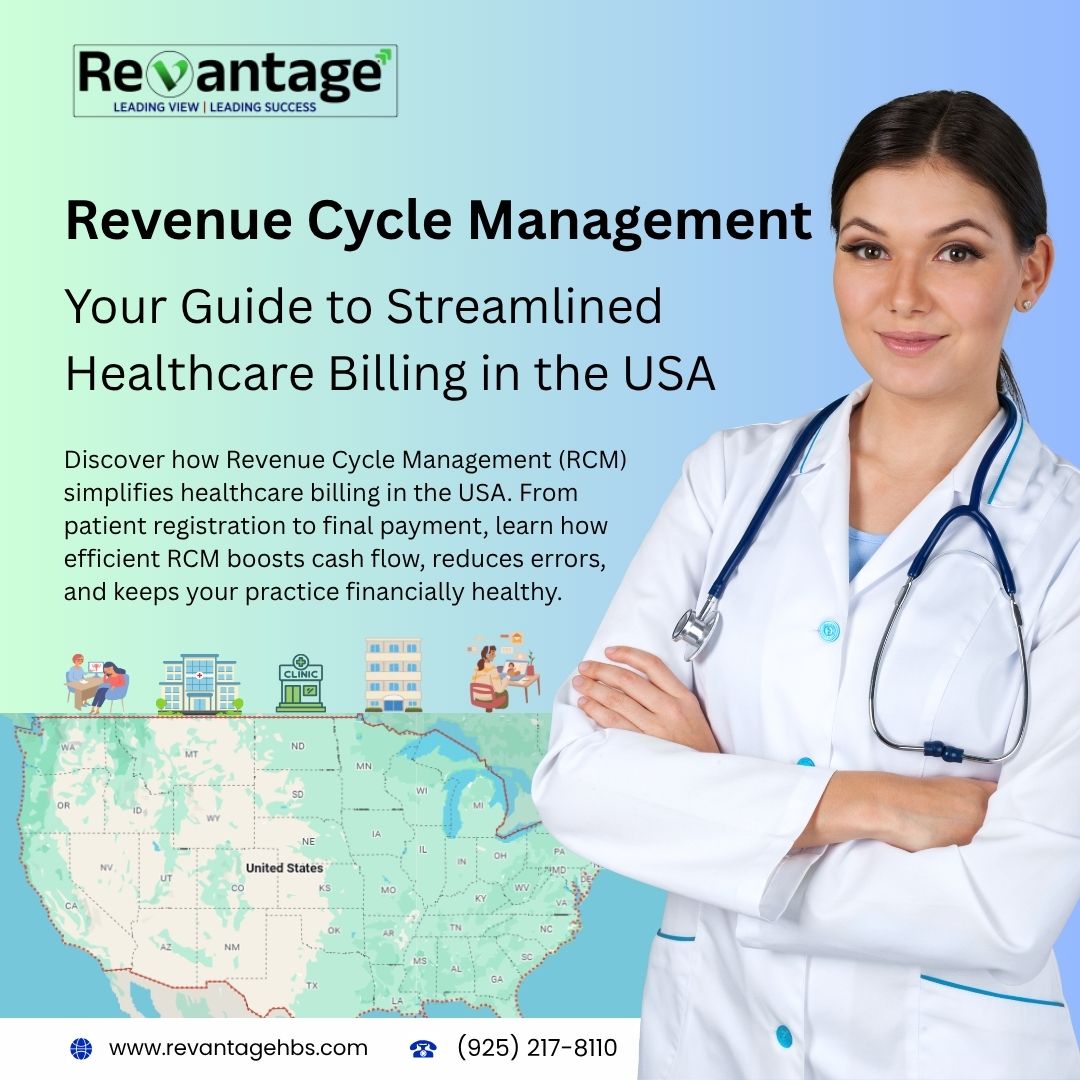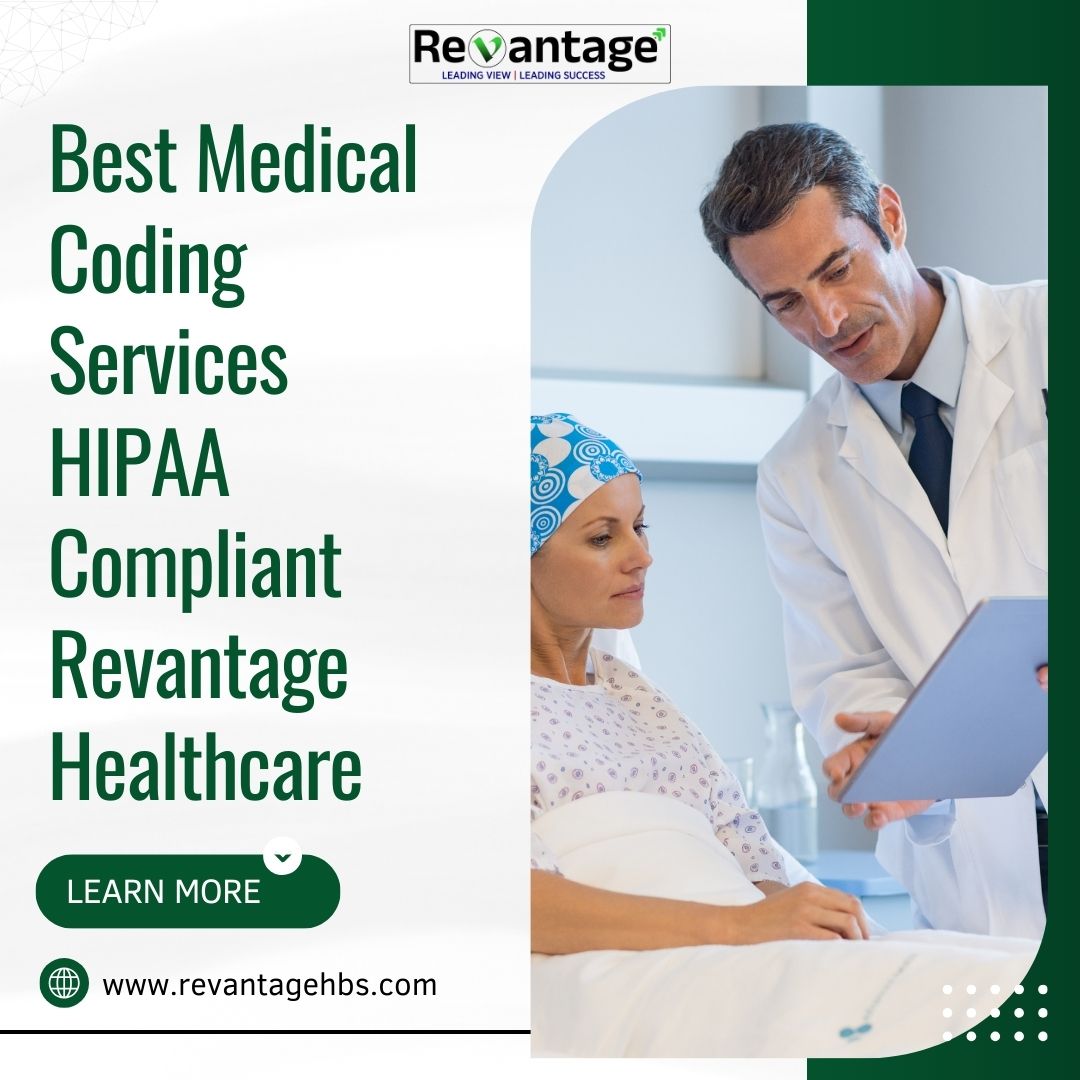In today’s fast evolving healthcare landscape, optimizing medical billing processes is crucial for maximizing revenue, reducing claim denials, and streamlining workflows. As we look ahead to 2025, healthcare providers must accept innovative strategies to stay competitive and ensure financial stability. This comprehensive guide explores seven proven strategies that will revolutionize your medical billing services, offering actionable insights to enhance your revenue cycle management.
1. Automate Claim Submissions for Faster Reimbursements
The future of medical billing lies in automation. By 2025, AI-driven tools will be indispensable for eliminating coding errors and accelerating payments. Here’s how to leverage this technology:
- Implement AI-powered coding software: Apply advanced systems that automatically suggest and fill ICD-11 codes based on clinical documentation. This reduces human error and speeds up the coding process.
- Pre-submission claim audits: Employ AI algorithms to review claims before submission, flagging potential issues such as missing data or incorrect codes. This proactive approach can significantly reduce denial rates.
- Real-time claim status tracking: Implement systems that provide instant updates on claim status, allowing for quick interventions when issues arise.
By embracing these AI medical billing solutions, practices can expect to see a reduction in denials by up to 40%, leading to faster reimbursements and improved cash flow.
2. Prioritize Telehealth Mental Health Billing Compliance
The telehealth successful shows no signs of slowing down, especially in mental health services. To ensure compliance with 2025 CMS guidelines and maximize reimbursements:
- Patient eligibility verification: Implement a robust system to verify patient eligibility for virtual sessions before the appointment. This prevents claim denials due to coverage issues.
- Proper modifier usage: Familiarize your billing team with telehealth-specific modifiers such as GT (for telehealth services) and 95 (for synchronous telemedicine services). Correct usage is crucial for Medicare claims.
- State-specific compliance: Develop a system to track and update state-specific payer rules for telehealth services. These can vary significantly and change frequently.
Staying on top of telehealth billing compliance will be essential in 2025, as virtual care continues to integrate with traditional healthcare delivery models.
3. Leverage Senior Reports to Improve Cash Flow
Effective management of accounts receivable (AR) is critical for maintaining healthy cash flow. Utilize AR aging reports to identify and address payment bottlenecks:
- 30-60 days overdue: Implement automated reminder systems using SMS and email to gently prompt patients about outstanding balances.
- 60-90 days overdue: Escalate to personalized phone calls and consider offering flexible payment plans to encourage settlement.
- 90+ days overdue: Evaluate for potential collections action or consider outsourcing to a specialized medical collections agency.
Power tools like Kareo or Athenahealth that can automatically generate and analyze these reports, providing actionable insights to improve your AR management strategies.
4. Optimize Radiology Billing with Modifier Command
Radiology practices face unique billing challenges, particularly when it comes to modifier usage. Mastering these modifiers is key to reducing denials and maximizing reimbursements:
- Modifier -26 (Professional Component): Use this when billing for the physician’s interpretation and report of an imaging study.
- Modifier -TC (Technical Component): Apply this when billing for the cost of equipment, supplies, and non-physician staff involved in the imaging process.
- Bundled services: Understand how to properly bundle codes, such as using CPT 72148 + TC for CT scans, to avoid split claims and potential denials.
Invest in ongoing training for your billing staff to ensure they stay up-to-date with the latest radiology billing best practices and modifier usage guidelines.
5. Secure Patient Data with HIPAA-Compliant Tools
As healthcare becomes increasingly digital, protecting patient data is more critical than ever. Implement robust security measures to ensure HIPAA compliance:
- End-to-end encryption: Utilize advanced encryption for all patient data, especially in payment portals and during data transmission.
- Role-based access controls: Implement strict access controls in your billing software, ensuring staff members only have access to the information necessary for their roles.
- Regular security audits: Conduct monthly audits to identify and address potential vulnerabilities in your systems.
By prioritizing healthcare data security, you not only protect your patients but also safeguard your practice against costly data breaches and compliance violations.
6. Target Local SEO with Niche Keywords
In 2025, local search optimization will be crucial for attracting new patients and referrals. Enhance your online visibility by:
- Incorporating location-based terms: Use phrases like “Medical billing services in [ Houston Texas ]” or “[United States] revenue cycle management” in your website content and metadata.
- Focusing on specialty-specific keywords: Target phrases such as “Dermatology billing services” or “Cardiology coding experts” to attract niche clientele.
- Optimizing Google My Business: Keep your GMB listing up-to-date with accurate information, encouraging patient reviews, and regularly posting updates.
By implementing these local SEO strategies, you can improve your practice’s visibility in local search results and attract more potential patients.
7. Reduce Denials with Real-Time Eligibility Checks
Implementing real-time eligibility verification is a game-changer for reducing claim denials:
- Pre-appointment verification: Confirm insurance coverage and benefits before the patient’s appointment to avoid surprises.
- Service-specific checks: Use tools that can flag non-covered services, allowing you to inform patients about potential out-of-pocket costs upfront.
- Automated updates: Implement systems that automatically update patient insurance information to catch any changes in coverage.
By join in these real-time eligibility checks, practices can expect to cut denials by up to 30% and reduce patient disputes by 25%, leading to a smoother billing process and improved patient satisfaction.
Conclusion: Connecting for Success
Implementing these strategies requires expertise and the right tools. That’s where Revantage Healthcare comes in. With over 20 years of experience refining billing workflows across more than 15 specialties, we offer:
- A proven track record of 98% clean claim rates through AI-audited submissions
- Customized solutions tailored to your practice’s unique needs
- A free practice assessment to identify potential revenue leaks
Don’t let outdated billing practices hold your healthcare organization back. Schedule your free consultation with Revantage Healthcare today and take the first step towards optimizing your medical billing for 2025 and beyond.






